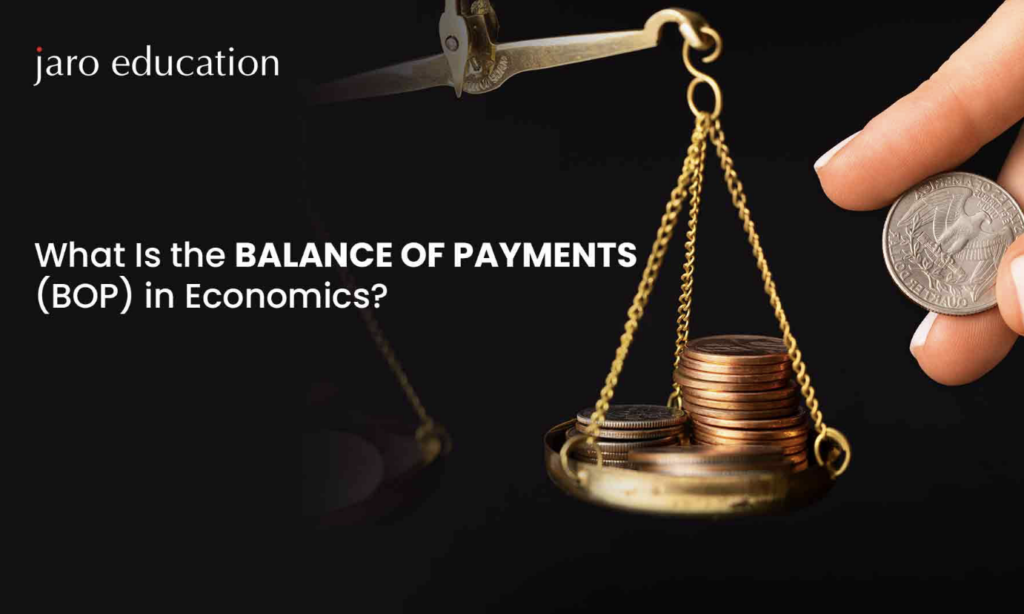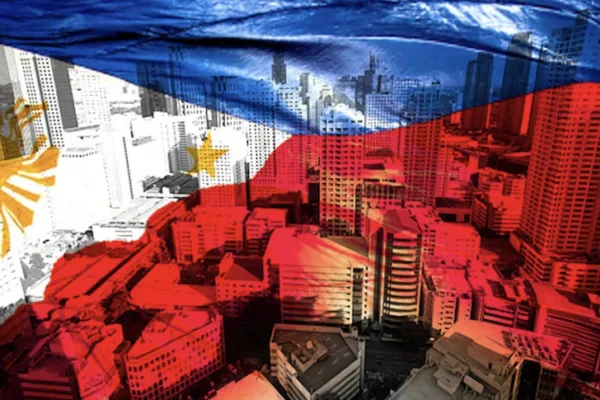According to the Bangko Sentral ng Pilipinas (BSP) the Philippine economy experienced a minor setback in its balance of payments (BOP) in December 2024, recording a deficit of US$1.5 billion.
This marks a reversal from the surplus of US$642 million observed in the same month of the previous year.

The Bangko Sentral ng Pilipinas (BSP) attributed the December deficit to its net foreign exchange operations and the government’s drawdown on its deposits to fulfill foreign currency debt obligations.
Despite this, the cumulative BOP position for the entire year of 2024 still registered a surplus of US$609 million. However, this figure fell short of the US$3.7 billion surplus achieved in 2023. The BSP cited a higher trade deficit in goods and lower net receipts from services and foreign borrowings by the government as the primary factors contributing to this decline.
These negative impacts were partially offset by continued inflows from personal remittances, a crucial source of foreign exchange for the Philippines, as well as net foreign portfolio and direct investments.
In July last year, the BSP announced that the Philippines has successfully met its ambitious target of digitalizing half of its retail payments and is now on the right track towards achieving its goal of being a cashless economy. As of 2023, an impressive 52.8 per cent of monthly retail transactions are now being conducted digitally, marking a significant milestone in the country’s journey towards a cashless economy.
BSP says robust reserves provide cushion

The BOP position reflects a slight decrease in the country’s gross international reserves (GIR) to US$106.3 billion at the end of December 2024 from US$108.5 billion at the end of November 2024.
Despite this minor dip, the current GIR level remains robust. It provides a substantial external liquidity buffer, equivalent to 7.5 months’ worth of imports of goods and services and primary income payments. This level ensures the country’s ability to meet its balance of payments financing needs, even under extreme conditions such as the absence of export earnings or foreign loans.
Furthermore, the GIR level is approximately 3.7 times the country’s short-term external debt based on residual maturity. This ratio indicates a strong capacity to manage short-term debt obligations.
BOP outlook

While the December BOP deficit and the slight decline in the 2024 surplus indicate a minor slowdown in the country’s economic performance, the overall economic fundamentals remain sound.
The robust GIR level provides a strong cushion against potential external shocks and ensures the continued stability of the Philippine peso.
The government and the BSP are closely monitoring the global economic environment and are prepared to implement appropriate measures to address any potential challenges.
Continued efforts to boost exports, attract foreign investments, and improve the country’s trade balance will be crucial for sustaining economic growth and maintaining macroeconomic stability.








